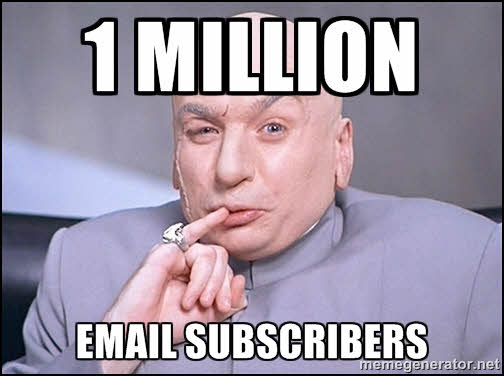The Most Shared Articles from MarketingSherpa Blog in 2016
While the jury may be out on 2016 as a whole, marketers have had a very exciting year, and MarketingSherpa (if we may say so) has hopefully shown a spotlight on it through our content.
In light of celebrating the good of 2016 as we’re all madly planning what 2017 will bring, we’re revisiting the most popular articles from the past 12 months. Looking back at top content helps us see what our readers found to be the most helpful and valuable content, and it helps you to know what your peers are looking for.
Below, see where we’ve been this past year using the nine most popular articles to find what elements you might want to bring with you into 2017…
#1. Six Places to Focus to Make your Website a Revenue Generator
We have more digital marketing channels than ever before, but it’s become even harder to connect with customers.
One thing’s become clear, that there is a growing divide between those who are fully engaged with digital marketing and those who are still figuring out the fundamentals. This interview with Kristin Zhivago, President of Cloud Potential, goes over her report on “revenue road blocks,” as a deep dive into what she’s discovered to help marketers quickly close this digital marketing gap and do better.
If marketers directly address getting the six key focuses covered in this blog post right, you can move forward and close the gap between digital and customers.













